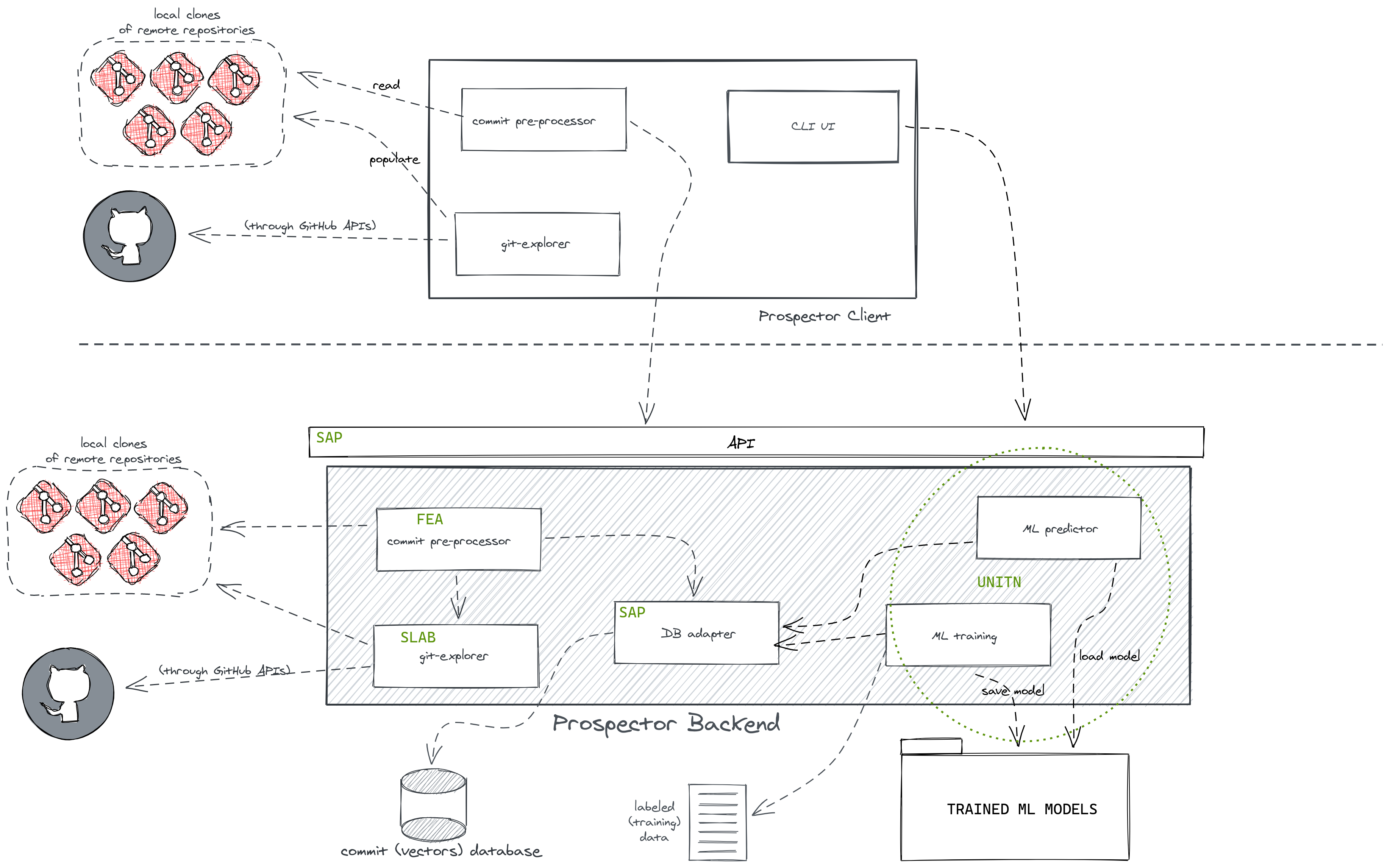The goal of Project KB is to enable the creation, management and aggregation of a
distributed, collaborative knowledge base of vulnerabilities affecting
open-source software.
Project KB consists of vulnerability data vulnerability knowledge-base
as well as set of tools to support the mining, curation and management of such data.
In order to feed Eclipse Steady with fresh data, we have spent a considerable amount of time, in the past few years, mining and curating a knowledge base of vulnerabilities that affect open-source components. We know that other parties have been doing the same, in academia as well as in the industry. From this experience, we have learnt that with the growing size of open source ecosystems and the pace at which new vulnerabilities are discovered, the old approach cannot scale. We are also more and more convinced that vulnerability knowledge-bases about open-source should be open-source themselves and adopt the same community-oriented model that governs the rest of the open-source ecosystem.
These considerations have pushed us to release our vulnerability knowledge base
in early 2019. In June 2020, we made a further step releasing the kaybee tool support to
make the creation, aggregation, and consumption of vulnerability data much
easier. In late 2020, we also released, as a proof-of-concept, the prototype
prospector, whose goal is to automate the mapping of vulnerability advisories
onto their fix-commits.
We hope this will encourage more contributors to join our efforts to build a collaborative, comprehensive knowledge base where each party remains in control of the data they produce and of how they aggregate and consume data from the other sources.
Kaybee is a vulnerability data management tool, it makes possible to fetch the vulnerability statements from this repository (or from any other repository) and export them to a number of formats, including a script to import them to a Steady backend.
For details and usage instructions check out the kaybee README.
Prospector is a vulnerability data mining tool that aims at reducing the effort needed to find security fixes for known vulnerabilities in open source software repositories. The tool takes a vulnerability description (in natural language) as input and produces a ranked list of commits, in decreasing order of relevance.
For details and usage instructions check out the prospector README.
The vulnerability data of Project KB are stored in textual form as a set of YAML files, in the vulnerability-data branch.
In early 2019, a snapshot of the knowlege base from project "KB" was described in:
- Serena E. Ponta, Henrik Plate, Antonino Sabetta, Michele Bezzi, Cédric Dangremont, A Manually-Curated Dataset of Fixes to Vulnerabilities of Open-Source Software, MSR, 2019
If you use the dataset for your research work, please cite it as:
@inproceedings{ponta2019msr,
author={Serena E. Ponta and Henrik Plate and Antonino Sabetta and Michele Bezzi and
C´edric Dangremont},
title={A Manually-Curated Dataset of Fixes to Vulnerabilities of Open-Source Software},
booktitle={Proceedings of the 16th International Conference on Mining Software Repositories},
year=2019,
month=May,
}
MSR 2019 DATA SHOWCASE SUBMISSION: please find here the data and the scripts described in that paper
If you wrote a paper that uses the data or the tools from this repository, please let us know (through an issue) and we'll add it to this list.
The development of Project KB is partially supported by the following projects:
- Sec4AI4Sec (Grant No. 101120393)
- AssureMOSS (Grant No. 952647).
- Sparta (Grant No. 830892).
Vulnerability information from NVD and MITRE might have been used as input for building parts of this knowledge base. See MITRE's CVE Usage license for more information.
This project is work-in-progress, you can find the list of known issues here.
Currently the vulnerability knowledge base only contains information about vulnerabilities in Java and Python open source components.
For the time being, please use GitHub issues to report bugs, request new features and ask for support.
See How to contribute.




